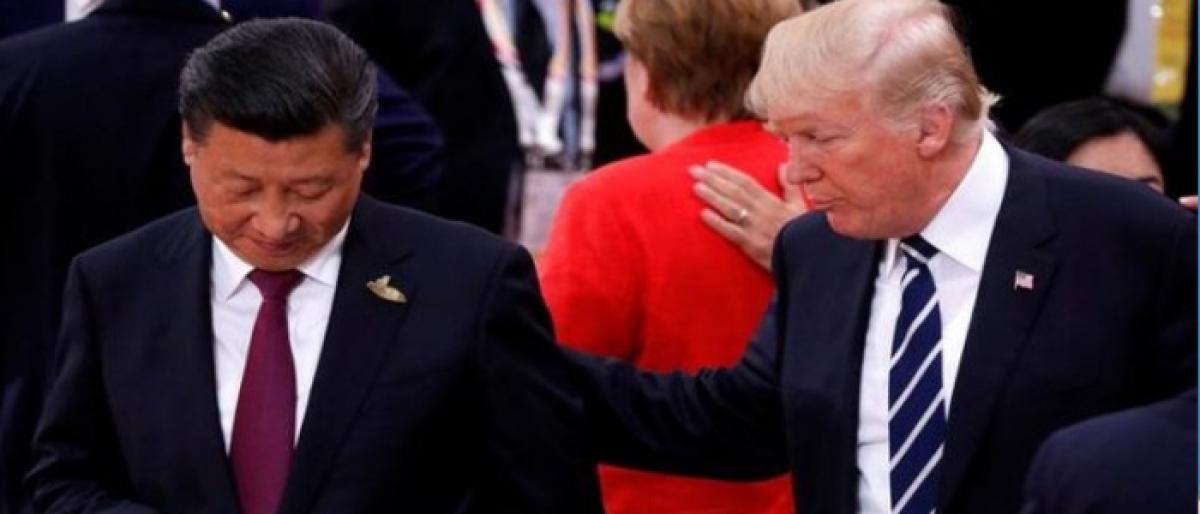Ceasefire in trade war

Giving a fillip to global economy as well as markets, the United States of America, the world\'s biggest economy, and China, the second biggest, came to an understanding on how to reduce the gigantic trade deficit that the US has with China.
Giving a fillip to global economy as well as markets, the United States of America, the world's biggest economy, and China, the second biggest, came to an understanding on how to reduce the gigantic trade deficit that the US has with China.
The trade deal, announced in the early hours of Sunday (Indian Time), involves China cutting its massive trade surplus with the US by almost $200 billion by the year 2020. The annual bilateral trade between the two countries is in the order of $639 billion. While the US claims its trade deficit with the Communist country to be around $375 billion, China puts the number at $200 billion. The claims and counterclaims apart, trade between the two countries became a flashpoint after maverick Donald Trump came to power in the US in 2017.
Trump, who became the US President in 2017 on the promise of 'Making America First' in manufacturing and other key areas yet again, declared a unilateral trade war on China, the country's biggest trading partner, and warned of import tariffs and other punitive measures against Chinese imports if the Communist country did not cut the trade deficit by $100 billion in a month. Sticking to his guns, he announced tariffs on steel and aluminium imports from China, sending global markets into a tailspin. Not to be left behind, China retaliated by slapping tariffs on 128 US products.
Trump's actions appear ludicrous to many – and even lunatic to some – but he has no other option as the American economy, despite being the largest with $20 trillion in size, is not in good stead as key jobs-generating manufacturing sector has moved from the country to cheaper destinations. As if that is not enough, scores of native Americans are going jobless as companies are preferring cheaper immigrant workers. His actions since assuming power in the world's most powerful country are aiming at reversing these trends.
Apart from China, Trump also targeted India and other countries with tariffs on steel imports. India is also trying to hit back with additional duties on American imports such as almonds, apples and high-end motorcycles. India even made its intention clear to the WTO. As such, the deal between the US and China will come as a big relief for the world.
But the crucial question is how long the ceasefire will last. Importing from the US is not an easy task for China. Cheap labour, cheaper currency compared to the US and economies of scale helped China emerge as the manufacturing power house for global markets. So, increasing imports from the US will obviously put pressure on its economy.
Perhaps, China may practise the strategy of increasing exports to other countries to offset the losses that accrues to its economy from additional imports from the US. Therefore, the success of the latest trade deal between the US and China hinges on how successful China will be in capturing global markets other than the US. That includes India, too. But the trillion dollar question is whether these countries will allow the invasion of Chinese imports!

















